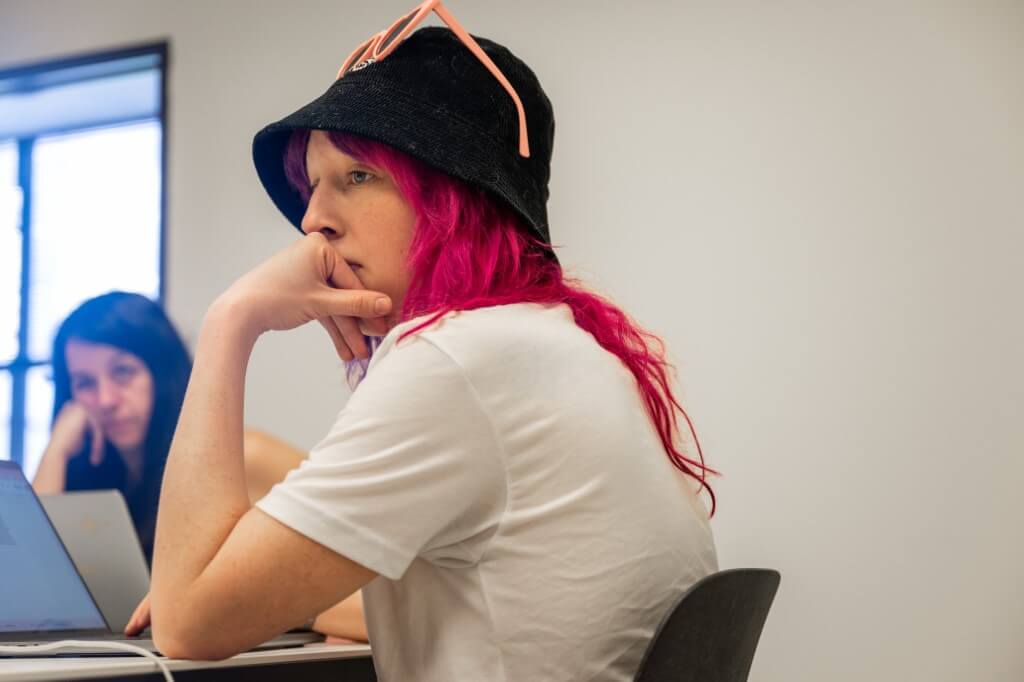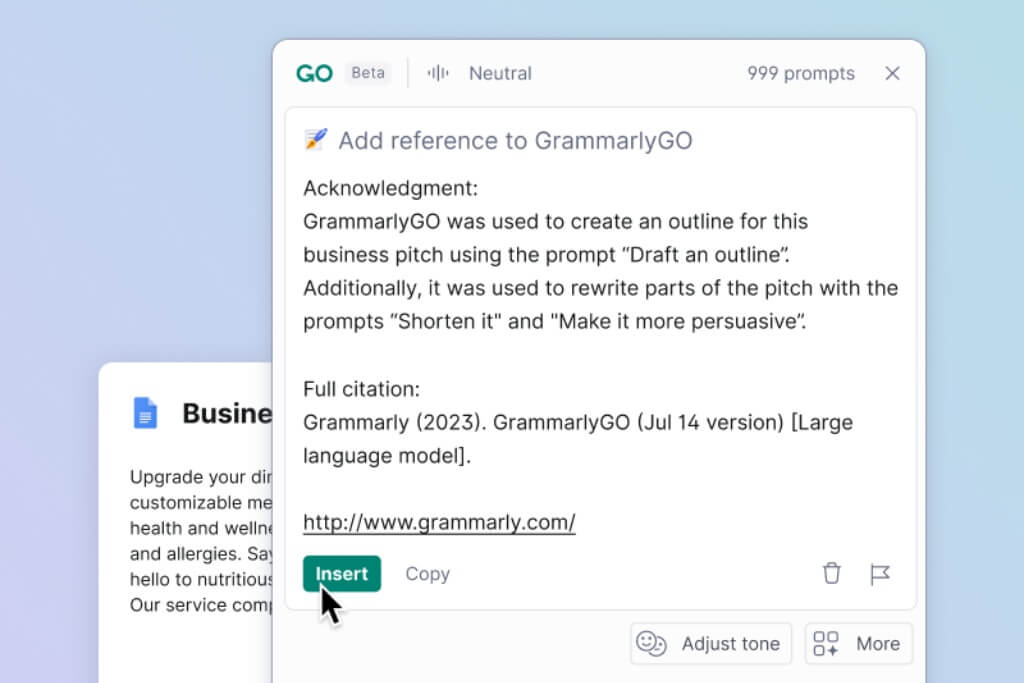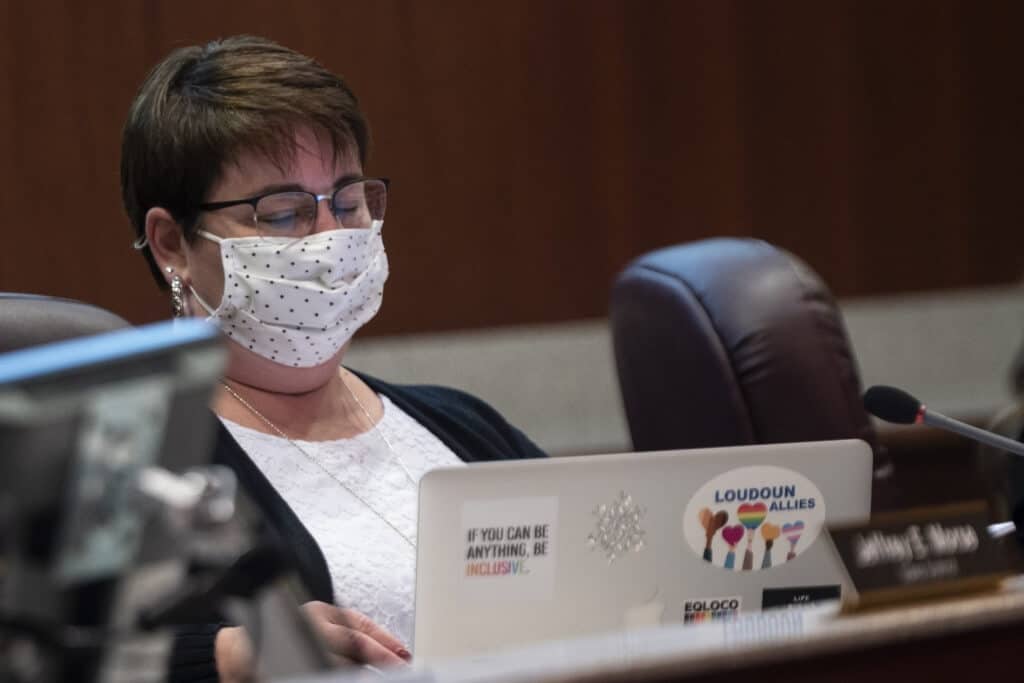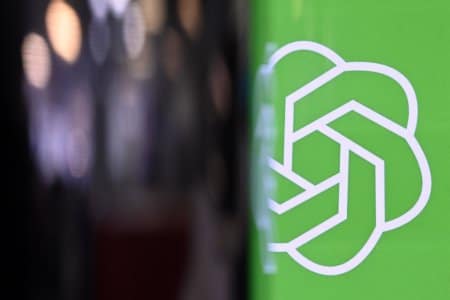
Since ChatGPT launched last November, users have embraced AI writing tools.
ChatGPT is one of them. Within two months of its release, it’s amassed 100 million users — some as young as seven years old — within its initial two months of release.
Experts say such chatbots and AI writing tools can “change the world.” We’re Googling less and channelling our questions to the likes of ChatGPT, Bard, Bing, Cleverbot, AppleGPT.
And despite its many limitations, including not having information beyond 2021, writers, engineers, doctors, and many others are relying on them to complete important tasks.
Everyone seems to be using chatbots and AI writing tools in one way or another — but not everyone’s comfortable with this idea.
The controversy around ChatGPT and AI writing tools
Although impressive, ChatGPT and other AI tools have sent shockwaves through education circles. Students have been caught copying their answers and submitting them as their own.
Approximately 43% of college students use AI tools such as ChatGPT, according to a BestColleges survey. Half of the students admitted to relying on these AI tools to assist them in completing assignments or exams.
One in five college students openly acknowledges using AI to complete their academic tasks, Forbes reports.
But that is just the beginning. In May, OpenAI unveiled new features for ChatGPT Plus users.
Users subscribed to ChatGPT Plus will be able to use dozens of plug-ins for other websites.
For US$20 per month, ChatGPT Plus users can now plan trips with the chatbot and get direct links to Expedia to book whatever is needed.
A new web-browsing feature will let users access more current information than the old data set that ChatGPT was trained on.
This version of ChatGPT “knows when and how how to browse the internet to answer questions about recent topics and events,” according to OpenAI.
With great power comes great responsibility. To what extent can we, as students and workers, use ChatGPT, ChatGPT Plus or other AI writing tools?
Using AI writing tools: What’s okay and what isn’t
The top reason why students are discouraged from using AI writing tools is to avoid plagiarism.
While AI-powered tools can generate content, summaries, and essays easily, these are not original work.
Academic writing refers to “a style of expression that researchers use to define the intellectual boundaries of their disciplines and specific areas of expertise.”
It depends on “a clear focus on the research problem under investigation, and precise word choice.”
This is where AI writing tools and ChatGPT fail. As these bots aren’t the ones conducting the research, they will always fail in understanding the complexity and various dimensions of research problems.
Without this, they will not have precise words when they write the report — which could explain why some universities have penalties in place for anyone caught with improper or unauthorised use of AI tools, including ChatGPT, in academic work.
These penalties include reduced grades, course failure, suspension and dismissal.
If you’re suspended or expelled from a university, it means you’re no longer eligible to continue your studies, potentially resulting in the revocation of your study visa.
There are bigger downsides in the long run as well, such as stifling our creativity, a key trait to be employable in this age.

Artificial Intelligence (AI) has revolutionised education and its meteoric rise sparks concerns of responsible use among students. Source: AFP
Relying solely on AI to perform creative tasks, such as writing, designing, or composing, hinders the development of unique ideas and original thought processes.
Technology should be a tool for support and inspiration rather than a substitute for creativity.
“As a business school, it’s our responsibility to determine whether it is appropriate for students to use ChatGPT. With this tool, some might think that they don’t have any more need to learn — and that is always our challenge,” Dr. Reza Etemad-Sajadi, an Associate Professor at EHL Hospitality Business School, says.
“We aim to ensure they can interpret machine results and assess their validity. Students shouldn’t have the feeling that [ChatGPT] would replace their creativity. They should still reflect on the answers given by the machine so they can compare the results.”

In an age where students can easily access AI writing tools, Grammarly is setting the bar for responsible use of generative AI in education. Source: AFP
How Grammarly sets itself apart amidst the rise of AI writing tools
Grammarly is used by millions of students and workers worldwide to spot common writing, spelling and grammatical errors.
You use Grammarly to review your spelling, grammar, punctuation, clarity, engagement and delivery mistakes — making it easy to write emails, assignments, or other projects without error.
Asked about Grammarly’s approach towards AI in education, Grammarly’s Head of Education Jenny Maxwell firmly believes that generative AI technology should be used to “enhance learning and critical thinking — not replace it.”
“We believe that generative AI can transform the way we all learn and work,” Maxwell tells Study International in an email interview.
Generative AI tools — which are undergoing “explosive growth” according to a McKinsey report — generate text in response to prompts. As shown by ChatGPT, they have algorithms that can be used to create new content in audio, code, image, text, simulation, and video format — from music and art to entire virtual worlds
“At the same time, we understand the difficulties educators face in ensuring their students don’t misrepresent generated text as their own words. This challenge inspired us to find a way to help educators uphold academic integrity and teach students to use generative AI transparently and responsibly.”
We caught up with Maxwell to learn about the new features rolling out in late August on GrammarlyGO, the company’s generative AI-powered tool that allows users to compose, rewrite, ideate, and reply quickly.

Now, Grammarly allows students to create citations for text generated by tools such as GrammarlyGO and ChatGPT. Source: AFP
New GrammarlyGO features to launch in late August
These new features are designed to help professors uphold academic integrity and prepare students for an AI-connected workplace.
They bode well with the findings of research by McKinsey which shows that the deployment of AI and automation technology has the potential to lift the global economy.
Productivity growth could reach 2% over the next decade — with 60% of this increase from digital opportunities.
1. There will be prompts to suggest new ideas.
Academic-focused GrammarlyGO prompts for students will focus on constructive and contextually relevant use cases aimed at helping students overcome the blank page problem, such as “brainstorm topics for my assignment” or “build a research plan for my paper.”
2. Feedback prompts and output explanations will help students write better.
GrammarlyGO’s suggested prompts for feedback allow students to evaluate the strength of a thesis statement, explore counterarguments, and more.
The outputs will include explanations, giving students a deeper understanding of GrammarlyGO’s recommendations so they can improve their critical thinking and communication skills over time.
Dr. Reza echoes similar sentiments when talking about how students can effectively use AI writing tools like ChatGPT.
“My students have mentioned that they love to have more feedback from me,” he shares.
“Unfortunately, sometimes I don’t have enough time to give personalised feedback. That’s where ChatGPT can be an interesting tool for students to use.”
3. Auto-citations make it easy to cite, enable ethical use and provide transparency for educators
Previously, Grammarly has implemented features to provide auto-citations for popular research websites and plagiarism detection from web pages and ProQuest’s academic databases.
Now, the platform allows students to create citations for text generated by tools such as GrammarlyGO and ChatGPT.
5. There will be AI guideline reminders.
GrammarlyGO will discourage students from generating long-form text if they attempt to do so.
Instead, a message will redirect them to ideate with GrammarlyGO while reminding them to adhere to their institution’s or instructor’s policies.

The 2023-24 academic year will be the first full year where students will be exposed to and have easy access to generative AI. Source: AFP
Supporting students, educators, and institutions in this new digital era
Maxwell shares that the 2023-24 academic year will be the first full year where students will be exposed to and have easy access to generative AI. August would have been the ideal month to roll out these new features.
“As leaders in AI, it was important to us to launch features that support students, educators, and institutions in this new era,” says the Head of Education.
“We’ve always been committed to ensuring people can learn from our suggestions while keeping users at the centre by allowing them to accept or reject what they want. It was crucial to extend this to our generative AI features as well.”
Grammarly hopes to continue developing new features that will promote the responsible use of generative AI.
“Customer feedback is important to us, and we look forward to continuously improving our product to meet the needs of students and educators,” Maxwell shares.
As generative AI technology continues to develop at a breakneck pace, Grammarly’s Head of Education shares what students and professors can expect in this space.
“Higher education has always been about preparing students for the workforce, and the generative AI boom shines a light on the need to include tech literacy in workplace preparedness,” she says.
“Generative AI tools can explain difficult concepts, spotlight gaps and room for improvement in writing, and overall serve as a one-on-one tutor that can help educators level the playing field for all their students at scale.”
She adds: “There may still be assignments for which professors want to avoid the use of generative AI entirely.”
“We anticipate educators will get creative and go beyond essays. More varied assignments will only create more well-rounded students who are stronger presenters, collaborators, and persuasive speakers as they enter the workforce.”










